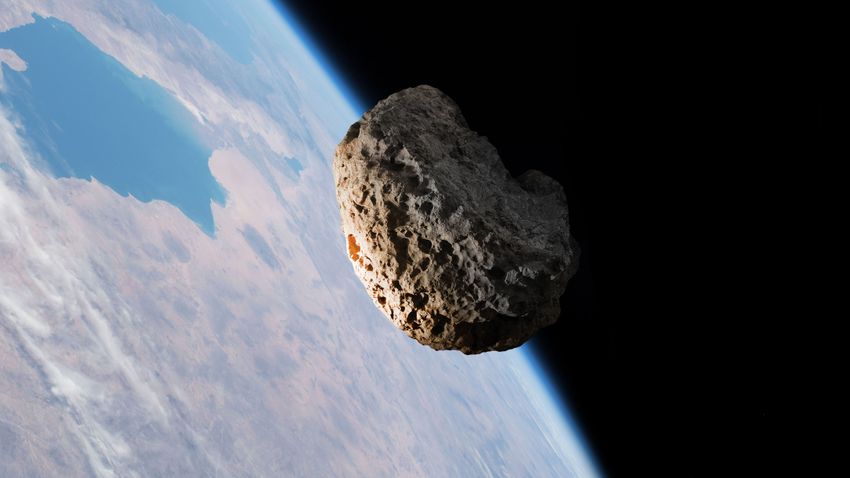The US space agency (NASA) announced, Tuesday, that its space probe, which collected samples of the asteroid Bennu in 2020, has received a new name and mission: the Osiris Apophis Explorer (OSIRIS-Apex) has been redirected to the asteroid Apophis. Its diameter is 370 meters.
In 2029, it will come close to Earth at a distance of 32,000 km.
Osiris-Apex is in orbit around a space rock as it passes Earth and tries to examine the S-type asteroid as closely as possible.
The new mission of the spacecraft is to study the changes that occur in the asteroid due to its approach to Earth, and its engines are trying to remove and study the dust and small rocks that are on and below the surface of Apophis.
NASA also announced that it will extend the mission of its eight space probes.
Mars Odyssey, Mars Reconnaissance Orbiter, MAVEN, Mars Science Laboratory (Curiosity), InSight Landing Unit, Lunar Reconnaissance Orbiter, Osiris-Rex, and New Horizons will continue to operate if the devices continue to operate.
The duration of most missions will be extended by three years, and InSight will continue to operate until the end of 2022, unless the space probe’s power supply lasts longer.
Extending it could make better use of large-scale NASA space missions and allow it to conduct research at a much lower cost than a new mission, said Laurie Glaese, director of NASA’s Division of Planetary Sciences in Washington.
The asteroid Apophis, first observed in 2004, will approach Earth three times in the next 100 years, in 2029, 2036 and 2068. NASA estimates that the asteroid will not collide with Earth.












































